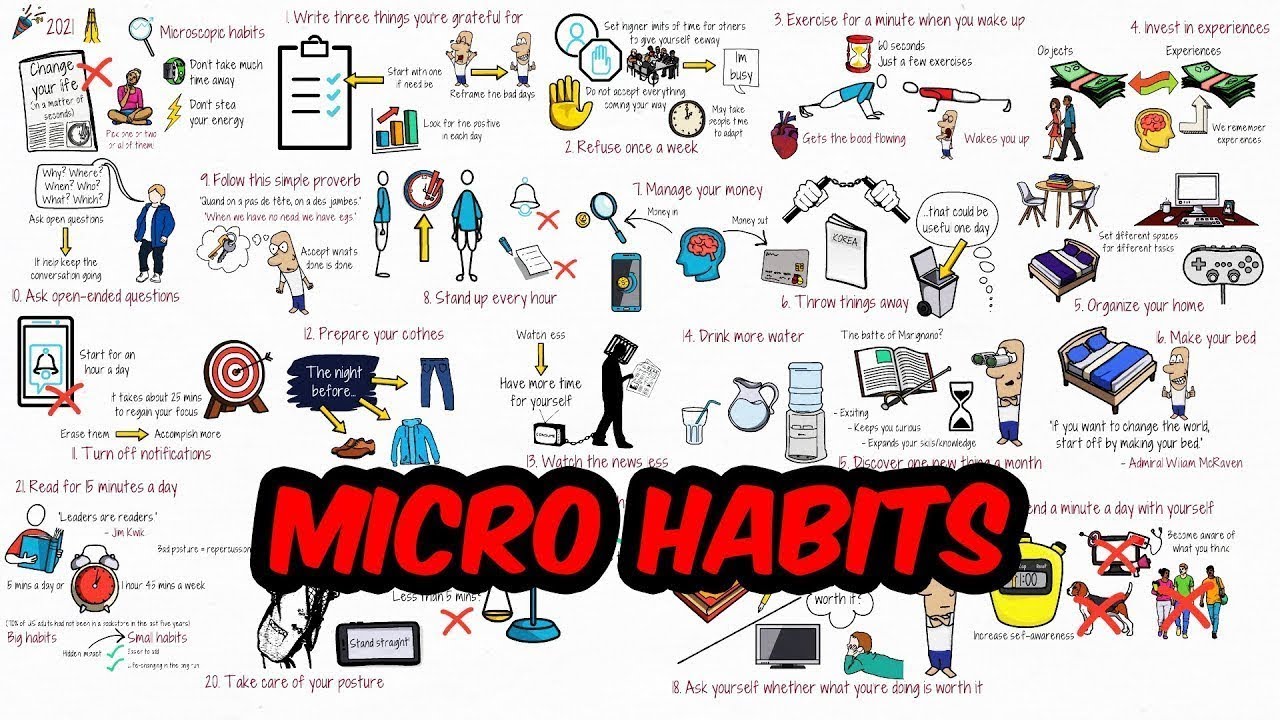The term “blog” is something most of us have encountered, but not everyone understands what exactly it entails. In the digital age, blogs play a crucial role in sharing information, updates, and personal narratives.
Let’s dive deeper into what a blog really is, how it differentiates from a website, the various types of blogs out there, and how to create a successful blog that can either strengthen your online presence or serve as a revenue-generating tool.
What is a Blog?
A blog is essentially an online journal that provides regularly updated content in reverse chronological order, meaning the newest content appears first. People often interchange the terms “blog” and “website,” but they are not the same. Typically, blogs publish new posts every few days, keeping the content fresh and engaging. On the other hand, a company’s website usually provides static information about its history, services, and pricing, which remain unchanged for long periods.
Blogs also encourage reader interaction through comment sections, fostering an online community where readers can engage with both the blogger and each other. Websites, in contrast, tend to focus more on introducing products or services without encouraging such engagement.
The Multifaceted Purposes of Blogs
While many blogs are independent, others are part of a larger website, like the Hostinger blog. Initially, blogs were primarily used for personal purposes, such as sharing opinions, interests, and daily lives. Over time, the purposes of blogs have expanded, and they are now used for various reasons including:
- Educating Others: Blogs can serve as informative platforms to educate readers on specific topics.
- Building Online Presence: Both individuals and businesses use blogs to establish and strengthen their online footprint.
- Monetizing: Many bloggers create content to make money online through different monetization strategies.
Blogs are key components of content marketing strategies. By creating content related to their target market’s interests, businesses can boost brand awareness. Achieving top rankings on search engine result pages can significantly enhance content visibility, driving traffic and generating leads. Ultimately, this helps in converting visitors into clients.
Different Types of Blogs
Understanding the different types of blogs can help you decide which format best suits your goals. Here are some common types of blogs:
Personal Blogs
These blogs function like an online diary, where the blogger shares personal experiences, thoughts, and reflections on a variety of subjects. Personal blogs can cover anything from daily life to specific interests or work projects.
Niche Blogs
Niche blogs focus on a specific topic, such as food, gaming, travel, or any other specialized field. By concentrating on a particular niche, these blogs attract a dedicated audience interested in that specific subject.
Company or Business Blogs
These blogs publish content relevant to a company’s industry or updates related to its products and target market. Often, they are sections on a company website, providing valuable information to customers and prospects. However, they can also exist as independent entities.
Affiliate Blogs
Affiliate blogs revolve around affiliate marketing, featuring content like product reviews and best-of lists. Bloggers place affiliate links within their posts, earning a commission whenever a visitor makes a purchase through these links.
Building a Successful Blog
Creating a successful blog involves several critical factors. Here’s what you need to consider:
High-Quality Content
The cornerstone of any successful blog is high-quality content. Your content should demonstrate expertise and trustworthiness without being overly technical. Aim for clarity and relevance to your target audience, ensuring that your posts are both informative and engaging.
Compelling Headlines
Inviting, informative headlines are crucial for driving visitors to your content. While compelling headlines attract clicks, avoid clickbait. Clickbait headlines, though intriguing, often mislead readers and fail to deliver on their promise, ultimately damaging your blog’s reputation and trustworthiness.
Regular Updates
Consistent updates are essential for maintaining interest and improving search engine rankings. Try to publish new content at least three times a week. Regularly updated content signals to search engines that your blog is active, helping to boost traffic and site rankings.
User-Friendly Design
Your blog should be easy to navigate and mobile-friendly, as many users access blogs from their smartphones. A great user interface and user experience are vital for retaining readers and encouraging them to explore more content.
Call-to-Action (CTA) Buttons
For corporate and business blogs, adding call-to-action buttons can guide visitors towards desired actions, such as downloading an app or subscribing to a newsletter. Effective CTAs can help convert casual readers into loyal followers or high-quality leads.
Creating Your Own Blog
Now that you understand what a blog is, its main purposes, and what makes a good blog, you might be interested in creating your own. Here’s a quick guide to getting started:
- Choose Your Niche: Select a topic that you are passionate about and that has a potential audience.
- Pick a Blogging Platform: WordPress, Blogger, and Medium are popular blogging platforms. WordPress, in particular, offers great flexibility and customization options.
- Get a Domain Name: Your domain name should be unique, easy to remember, and relevant to your blog’s content.
- Select a Hosting Service: Reliable hosting is crucial for your blog’s performance. Many hosting providers offer specialized plans for bloggers.
- Design Your Blog: Choose a clean, attractive design that is easy to navigate. Use themes and plugins to enhance functionality and aesthetics.
- Create High-Quality Content: Begin with a content plan and stick to a consistent posting schedule. Focus on creating valuable, engaging posts for your readers.
- Promote Your Blog: Use social media, email newsletters, and SEO strategies to attract and retain readers.
Final Thoughts
Blogs are powerful tools for sharing information, building a personal or business brand, and engaging with an audience. Whether you aim to educate, entertain, or sell, understanding the intricacies of blogging can set you on the path to success.
By focusing on high-quality content, consistent updates, and a user-friendly design, you can create a blog that resonates with your audience and achieves your goals. So go ahead, start your blogging journey today, and make your mark in the digital world!
Video Credit:







